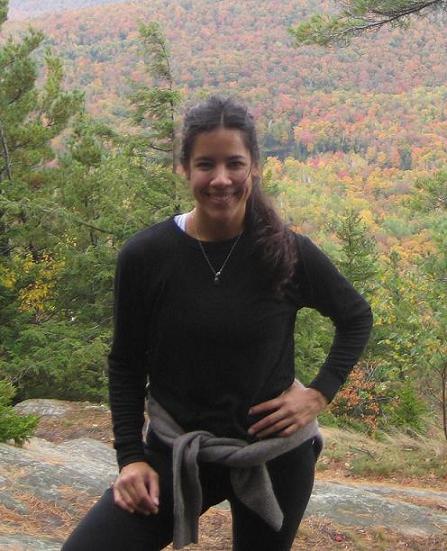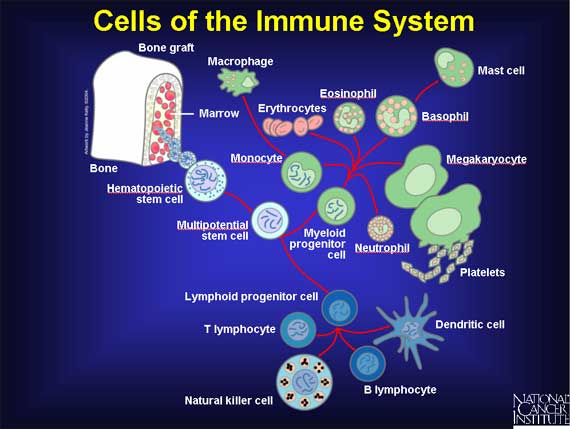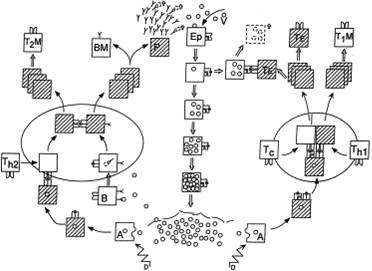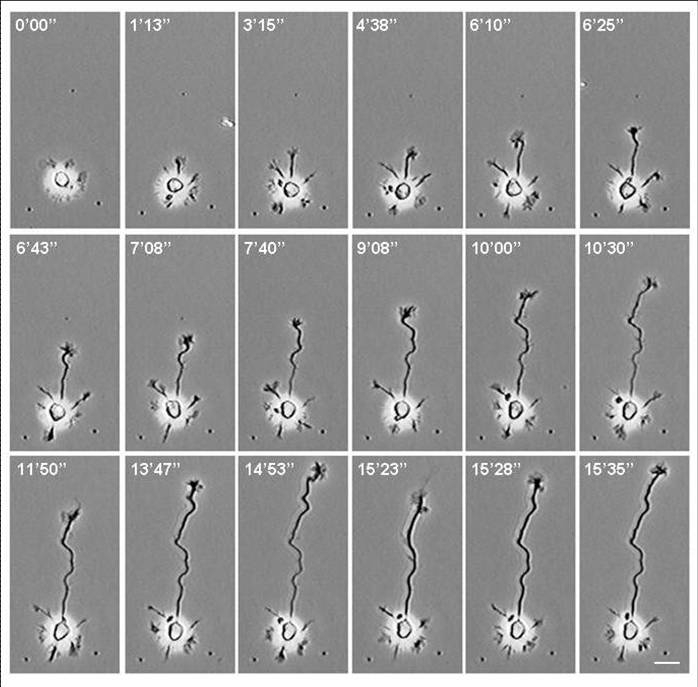Yanthe E. Pearson
Post-doctoral Researcher
Education
- Ph.D. in Mathematics, BioMathematics 2009, RPI
- M.Eng. in Operations Research and Statistics (DSES Dept), Financial Engineering 2007, RPI
- M.Sci. in Applied Mathematics 2006, RPI
- B.Sci. in Mathematics 2004, RPI
Previous Research
My dissertation work focused on mathematical modeling of cellular mechanisms governing the coupled interactions of the growth cone and the axon itself. This was done through collaborations with Dr. Tara Lindsley of Albany Medical College. With the wet lab data we developed novel filtering algorithms which lead to parameters for both continuous and discrete stochastic models.
Studies of cellular mechanisms under controlled conditions contribute towards the understanding of neurodevelopmental disorders such as fetal alcohol syndrom & traumatic brain injury.
Previous postdoctoral research at NYU involved exploiting the intelligence of the immune system: self, non-self, tolerance, memory, etc., by running experiments with millions of virtual mice in IMMSIM.
Publications *
- Pearson, Y.E., Drew, D., Castronovo, E., 2008. Modeling and analysis of axonogenesis random spatial network perspective. Frontiers in Applied and Computational Mathematics Proceedings.
- Pearson, Y.E., Cheng, Y., Selin, L.K., Puzone, R., Celada, F., 2010. Systematic simulation of crossreactivity predicts ambiguity in Tk memory: it may save lives of the infected, but limits repertoires vital for further responses. Autoimmunity, In press.
- Puzone, R., Pearson, Y.E., Cheng, Y., Selin, L.K., Calcagno C., Ghersi, D., Celada, F., 2010. Engagements of a computer simulator on heterologous immunity highlights rules and novelty of interdisciplinary cooperation. Autoimmunity, In press.




